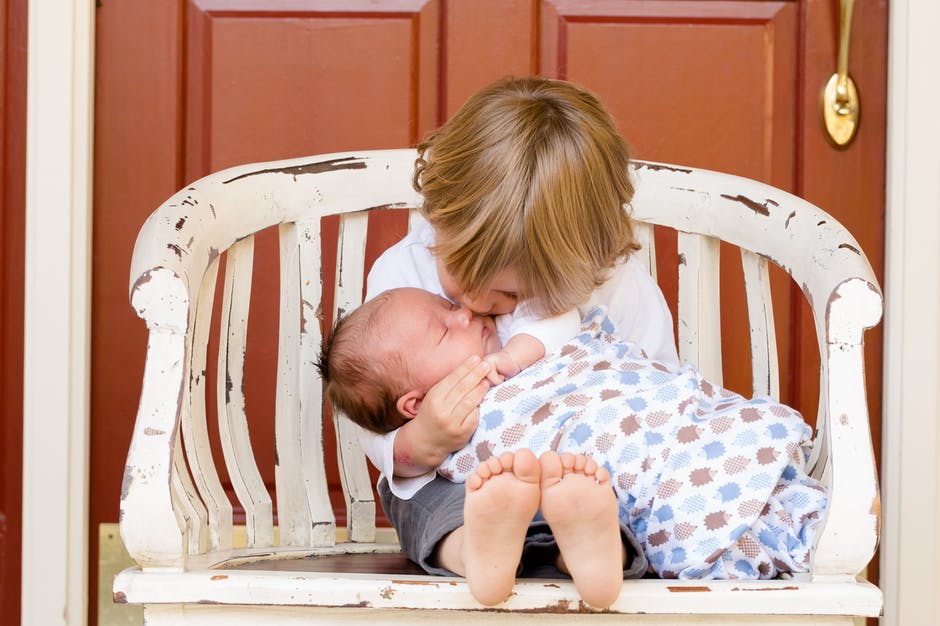“Rock a bye baby, in the tree top
When the wind blows, the cradle will rock
When the bough breaks, the cradle will fall
And down will come baby, cradle and all…”
When the wind blows, the cradle will rock
When the bough breaks, the cradle will fall
And down will come baby, cradle and all…”
Have you ever wondered why the traditional Lullabies are often so far from being all about golden slumbers?... Interestingly, there is a similar pattern in different cultures’ lullabies, which probably reflects more an adult’s world, than the kid’s world…
For centuries parents of all cultures used lullabies as one of the important elements through which to build the world view of an infant, and the words were supposed to create in a child’s mind an idea of the world’s structure and his/her own place in it. The intuitive desire of a parent to transmit to a child some rules of life as soon as possible was reflected by the same desire from the child, who is afraid of chaos and needs to have stable basic concepts. So traditional cultures would produce lullabies and fairy tales in order to cover this need and work as first teaching basic manuals.
Also the situation in which the lullabies were normally sung to children was almost a perfect hypnosis session: the child is about to sleep, his body is relaxed and his mind particularly receptive, while the rhythm of the song goes along with the rhythm of the rocking cot. All this together used to help the imprinting of the words, and images they created, in the child’s mind, even without actual understanding of the words. In the past a child would fall asleep with a lullaby for the first several years of his life, and the content of the lullabies would set deeply in his memory.
So why do dangerous and even tragic events appear in lullabies? The universe described in them starts from the child himself. That’s why lullabies often include a detailed description of the cot – the first “own” place of a child; his/her personal space. This space is often described with exaggerated positivity, to underline the importance of a child and create his/her positive attitude to the world.
Then a differentiation between the safe indoor and dangerous outside world is introduced, which is why many lullabies and fairy tales speak about dangerous unpleasant things that happen to a child if he/she crosses this border. It Is interesting to note that, according to lullabies, only a child is destined to face huge difficulties when outdoors while adults, like fairy creatures, are able to move freely in the outside world. And maybe even get some nice things like food or clothes, from the outside world for the child. So this reflects an intention of the parent to convince a child not to go out into the dangerous world, until he or she is ready.
This is projected in another popular pattern of a lullaby: the plan of baby’s future adult life. Usually he or she is going to grow up, have his/her own family and children, work and feed them and his or her parents too. This was a simple way to sow the seed of an idea of the general structure of life and introduce balance into the mind of a child.
So, a lullaby choice should be anything but random. Thinking of my own experience, one of the songs my mother used to sing to me before sleeping described a child’s future, as above: the child was supposed to become a strong warrior, like his father, jump on a horse and leave alone his mother- who was going to cry a lot. Fortunately, my child’s subconscious didn’t take it as a call to action, but maybe some milder choice would have been more appropriate… It seems that whatever we choose to sing repeatedly to our children before they sleep may have, at least temporarily, the power of a little magic spell.

